
Many high school athletes are in the process of college recruiting.  Recruitment for college can start as early as someone’s freshman year.
Almost every student takes a different path to getting recruited, but it usually involves lots of emails, questionnaires, phone calls, campus visits and getting the coach to see you play. Â At CHS, many athletes have taken those steps or are in the process of taking those steps.
Meg Sutter, a CHS alum and a freshman at Denison University right now, got recruited to play soccer and says that some of those steps include showing off.  “You want to play in college showcases where college coaches can watch you.  That way if they are interested in you they can contact you, vise versa,†Sutter said.
For Sutter, going to showcases was just one key aspect of playing in college.  Sutter says you can also send videos, emails and statistics to coaches.  “Some of the coaches were very easy to reach and very nice. They were willing to talk about their school, help you schedule a visit or talk about the team. Other coaches depending on the school and level of the team may be harder to contact.â€
Finally, Sutter visited the campus’ and did overnights with a member of the team.  “I had four overnights at four different schools where I stayed with one of the players and shadowed other players during their classes … Overnights can be a pain but they are worth it. It really gives you a realistic experience compared to what tour guides tell you.â€
Lydia Welty, a sophomore at CHS, has started the recruiting process by getting her information to the college or university. “They usually have recruit questionnaires that I fill out with personal and swimming information.  Then I submit it for their review and usually you get an automated reply via email thanking you for your submission.â€
Besides the questionnaire, Welty emails coaches with a swim resumé attached that includes her personal records and goals.  Welty has also visited colleges and talked with the coaches about their programs.
Although there are similar processes between individuals, getting recruited is very different for everyone, and takes a lot of work.  Very few high school athletes continue playing in college.  For example, according to the National Collegiate Athletic Association, only three percent of boys’ high school basketball players play in an NCAA sponsored college or university.  College sports can be physically and emotionally grueling, but some would say the result is far greater than the pain.


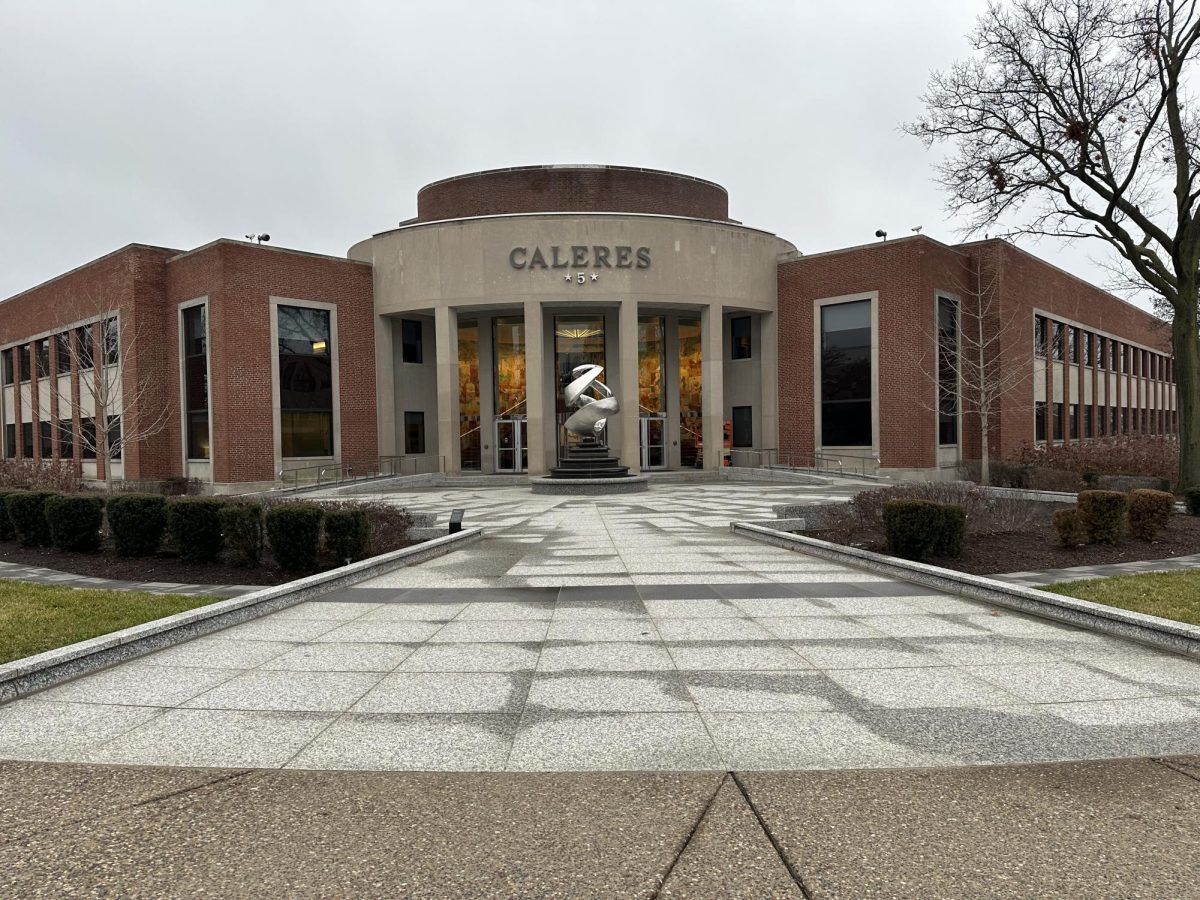
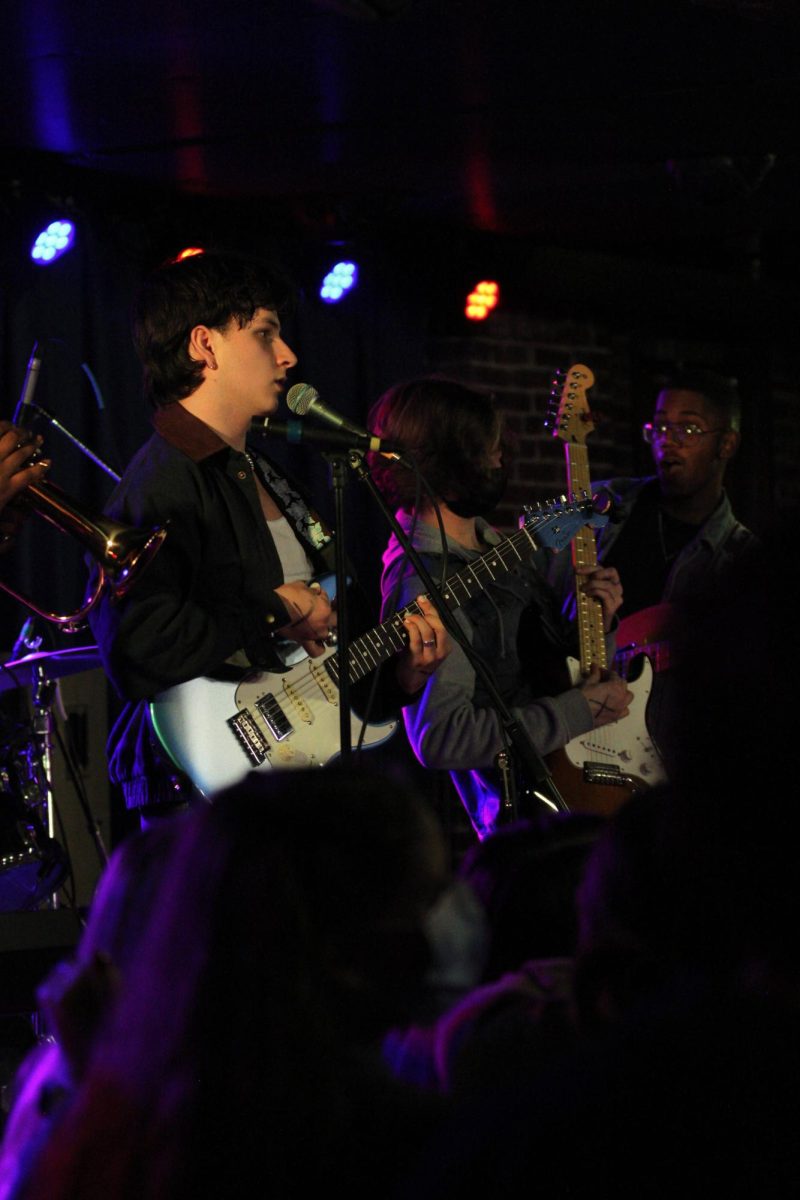
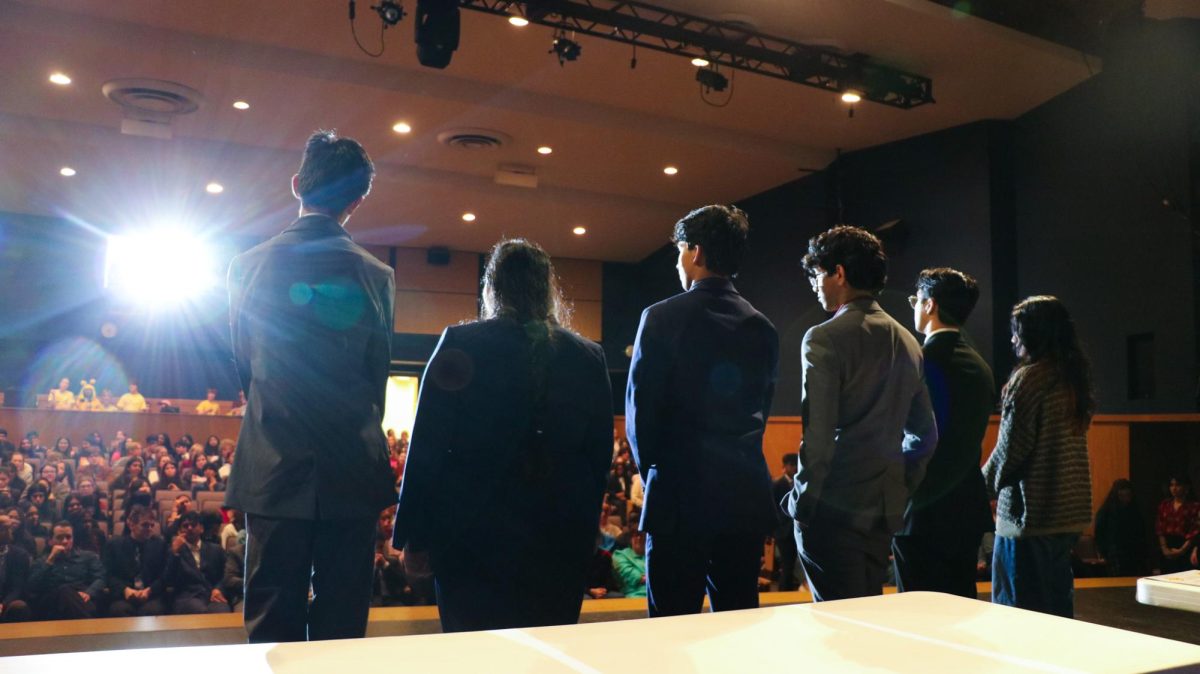
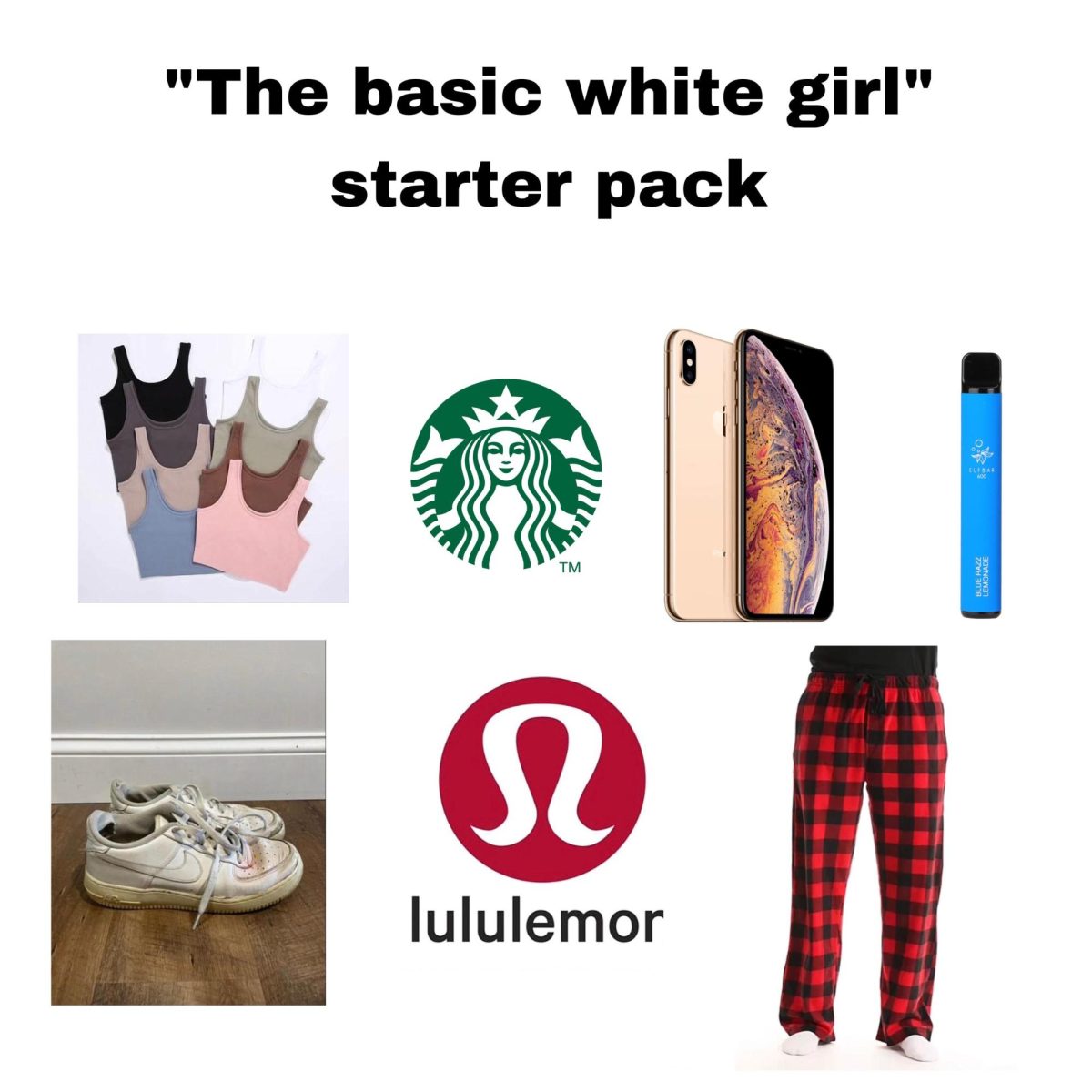
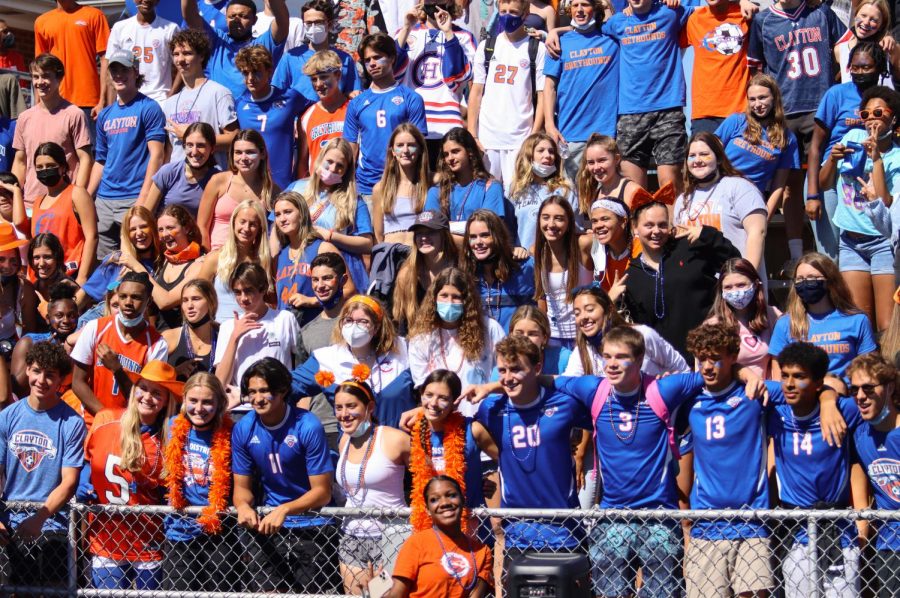
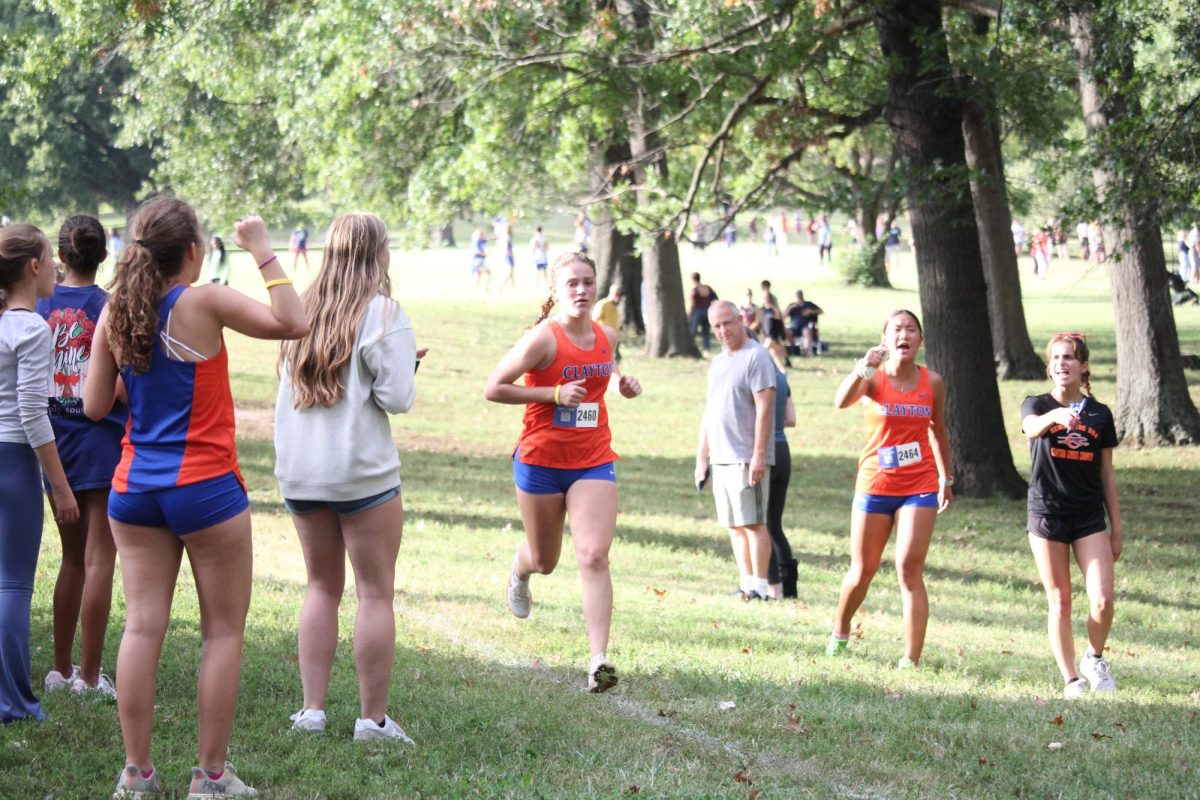
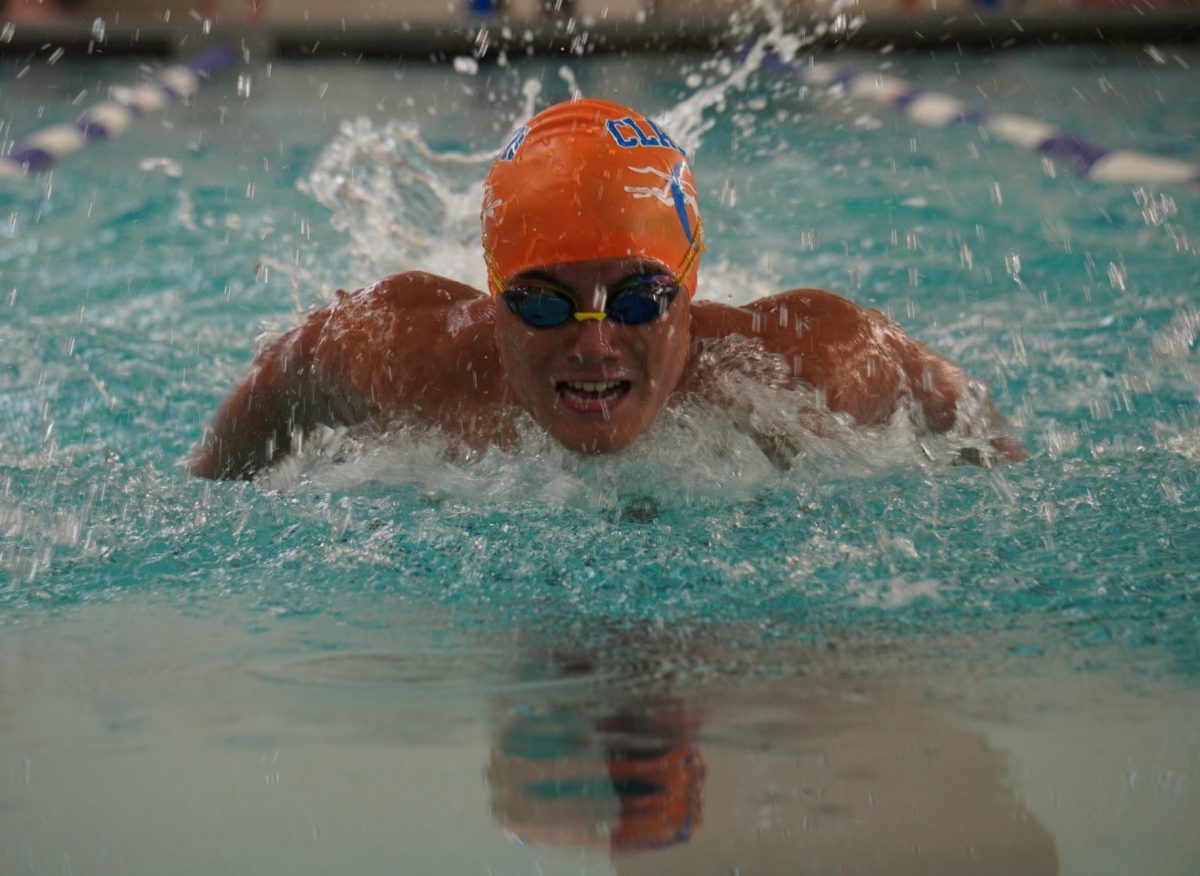


![Rowing Club teammate Audrey Burger poses next to Juliette Springer at the Haxton Ohio race. The team placed sixth out of 16; in the previous race, they placed fourth. "[After] the race was over, I felt very relieved because of how nervous I was before the race. I also felt proud because I did better then I thought I was going to do," Springer said.](https://www.chsglobe.com/wp-content/uploads/2024/12/IMG_7938-1.jpg)